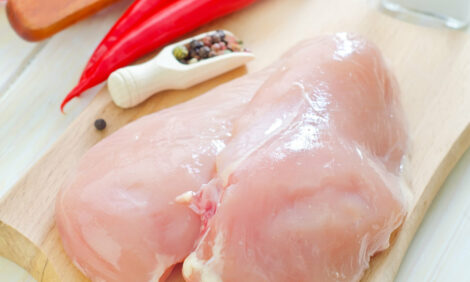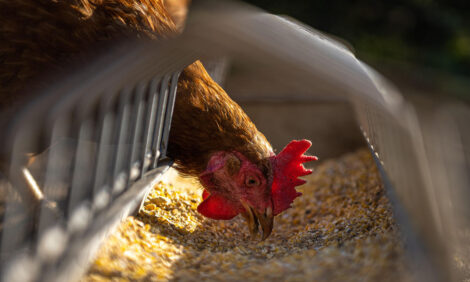



How Poultry Litter Material Affects Salmonella Levels
A study by researchers at the Georg-August-University in Göttingen, Germany, found that that the choice of an appropriate litter material might be of considerable importance in order to decrease the Salmonella burden within poultry flocks.The research team used four different types of litter material for the broiler flock during the fattening period.
Peat, chopped straw, shavings and silage were tested simultaneously.
The scientists said that the separated sections were tested for the presence of Salmonella bacteria using the sock-sampling method as described in the regulation EC No. 646/2007 with slight modifications in the sampling technique and the laboratory protocol.
Some chemical and physical parameters regarding litter quality and house climate were also analysed.
Samples were taken of the day of housing the birds, day 14 and day 30.
At the end of the fattening period, Salmonella Paratyphi B (d-tartrate +), representing a common strain in German broiler flocks, was isolated from culture.
The type of bedding material resulted in some differences in the frequency of Salmonella detection.
With three samples out of six being positive, wood shavings showed the highest Salmonella prevalence, followed by peat with two positive results.
Corn silage was found to be a suitable alternative for common litter materials and revealed only one positive sample.
Chopped straw was found to be free of Salmonella in the study.
However, the researchers said that the chopped straw had a higher risk for negative side-effects with regard to animal health and house climate.
They said that the study showed that the choice of an appropriate litter material could be important in helping to lower the Salmonella burden in poultry flocks.
The report was published in the January/February edition of Berliner und Munchener Tierarztliche Wochenschrift. The research team included I. Völkel, C. Schmitz, E. Moors, M. Gauly and C.P. Czerny.








